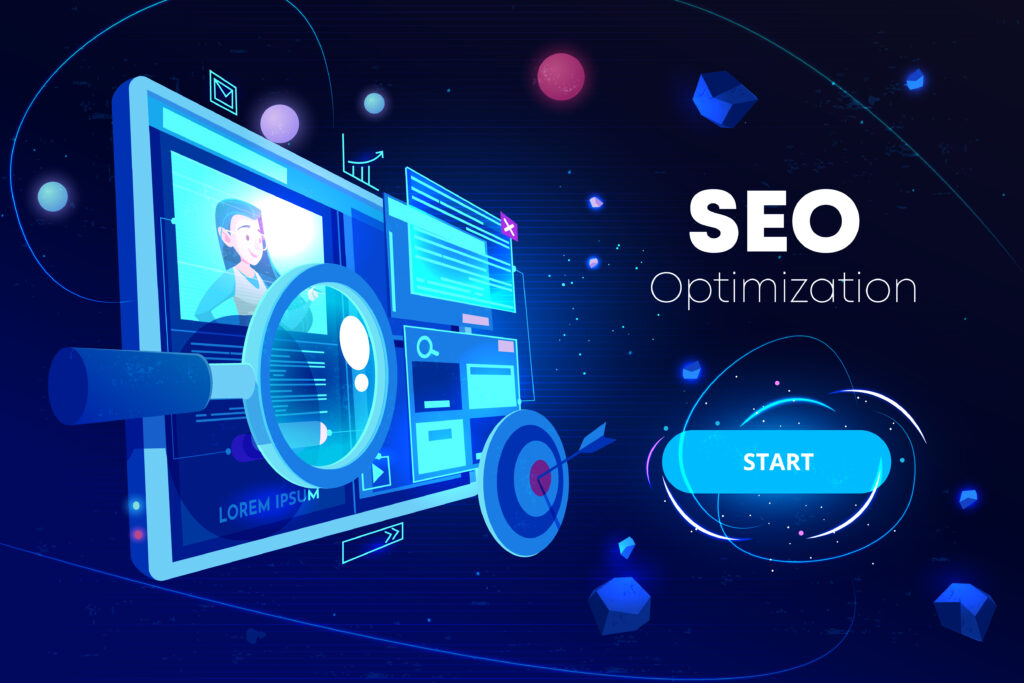
1. What is SEO?
So let’s break it down. SEO is an organized process to improve your organic (or non-paid) ranking in an online search. SEO is sometimes referred to as organic search, free search or natural search. Whatever you call it, it’s all about where your website falls in the list of search results when someone searches for your product or service.
That premium position near the top of the search has many benefits. When your page ranking increases, you improve your discoverability — in other words, people can find you. Being found results in increased traffic to your website and increased brand awareness. Alternatively, when people can’t find you, you miss out on all that traffic, potential leads and sales.
2. How Do the Search Engines Find You in the First Place?
Your page rank listing is based on how relevant your brand/company is to what the user is searching for. Search engines like Google and Yahoo “crawl” or review websites to display the information that matches the user search. The better the match, the higher the page ranking. The key to improving search engine ranking is to ensure your site has all the elements the search engines are looking for.
3. THE HIDDEN POWER OF SEO
If you manage your own business, or market one, chances are you’ve heard that Search Engine Optimization (SEO) is a vital digital tool. But even if you have a solid understanding of it, SEO is constantly changing.
4. SEO BREAKDOWN
Most commonly known as a method of driving traffic to a website, SEO provides improved browsing experiences for visitors. It also guarantees a site functions at its best. Knowing how to tap into the hidden power of SEO is essential to better understand how potential and current clients engage with your brand.
5. SEO HIERARCHY
Determining the main steps to take in achieving successful SEO can be difficult if you are not focused on the correct outcomes. Following these steps by order of importance can help you achieve a better ranking:
- Crawl accessibility so engines can read your website;
- Interesting content that answers the searcher’s query;
- Keyword usage to optimise audiences and search engines;
- Personalised user experience: fast load times and pleasing design; and
- Organization of title, URL, and description.
